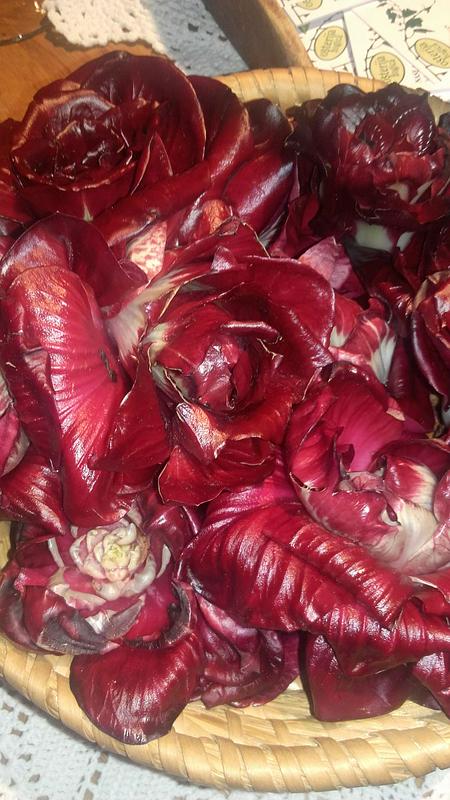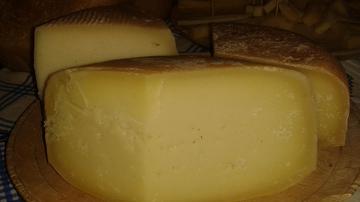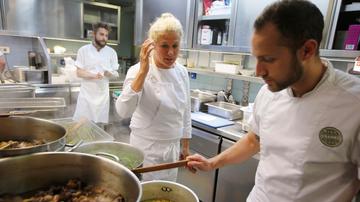
Slovenia’s Primorska (Littoral) region is known for its warm climate and fertile soil, both of which ensure a bountiful supply of high-quality fruits and vegetables. One of the area’s most remarkable products is a local variety of radicchio with a long history in the region.
Known for its exquisite taste, the Solkan radicchio (known variously as “solkanski radič,” "goriski radič,” or “solkanski regut” in Slovenian) is left to grow on the fields until the first frosts of the season. The heads of the radicchio are then taken indoors, where they are bunched together and kept in the dark for several weeks. In this time, the outside leaves fall off, while new leaves begin to grow in the middle – and those leaves are prized for their intense flavor.
Similar methods are used for Italy’s famous Treviso radicchio. Indeed, the history of Solkan radicchio is connected with Treviso: When Austria-Hungary lost that city in the 19th century, several growers moved to Gorizia and brought the time-honored maturation technique with them. It turned out that the area near Solkan and the Soča River was especially suited for these vegetables. Solkan radicchio quickly became a distinctive product of the area.
After World War II, the new Yugoslav-Italian international border cut right across fields where Solkan radicchio was grown. Some growers found their fields on the other side of the border, while others were cut off from their most important customers in the towns of Gorizia and Trieste. This didn’t stop the intrepid growers, however, who continued to smuggle Solkan radicchio across the border even at the height of the Cold War.
Today, the seeds of authentic Solkan radicchio are jealously guarded by a handful of growers in the area. The radicchio had now appeared on the menus of local restaurants as a great delicacy, but too little of the vegetable is produced to be marketed outside the Gorica region. While Solkan radicchio is officially registered with the government as an indigenous variety of plant, some growers hope that it will also get official EU protection, which this distinctive food so richly deserves.
Jaka Bartolj


































































